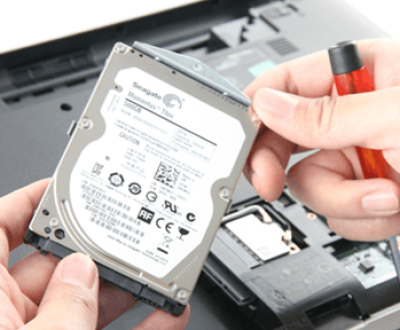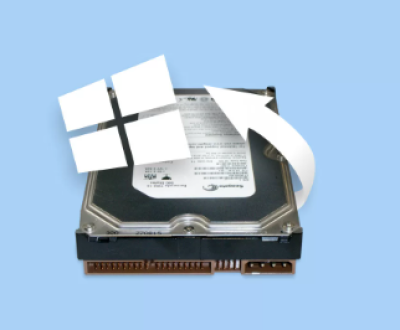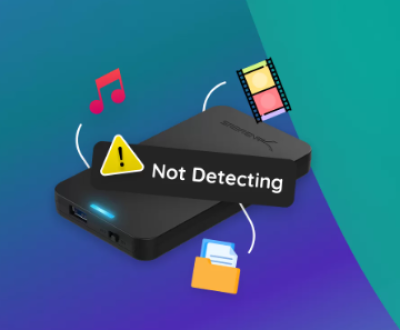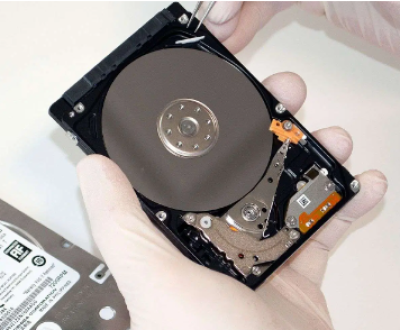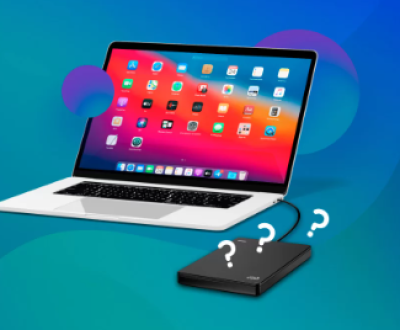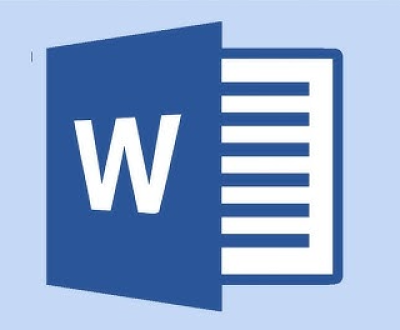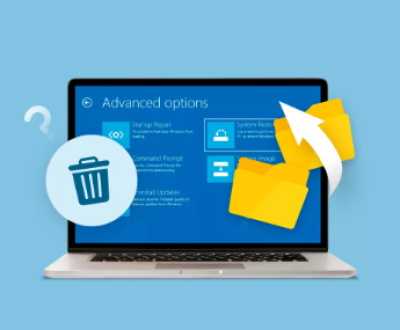Formatting an SD card effectively deletes its contents, but the extent to which the data is gone depends on the type of formatting and whether the data is overwritten.
An SD (Secure Digital) card is a popular storage medium used in cameras, smartphones, and other electronic devices. These cards are known for their portability and ease of use, making them ideal for storing photos, videos, music, and other types of data. Over time, however, SD cards can accumulate unwanted files, experience corruption, or encounter other issues. Formatting the SD card can be a simple solution to these problems, but it’s important to understand what formatting actually does to the data stored on the card.
Formatting refers to the process of preparing a storage device (like an SD card) to be used with a specific file system. This procedure sets up the structure for the storage device, which includes creating file allocation tables and directory structures. During the process, the card’s existing data is marked as deleted, which can make it appear as though it has been completely wiped. However, the data may still exist on the card until it is overwritten by new data.

Types of Formatting
There are two primary types of formatting for SD cards:
Quick Format: A quick format only removes the file system structure (such as the file allocation table) and marks the space as available for new data. The actual files are not immediately erased, but they become inaccessible through normal means. Data recovery software can often retrieve these files, as long as they haven’t been overwritten.
Full Format: A full format, in contrast, completely erases all the files and data on the SD card. In this process, the entire file system is erased, and the card is checked for bad sectors. While the data is wiped from view, the actual data may still remain on the card until it is overwritten by new files. A full format can make data recovery more difficult, but not impossible, depending on whether the card has been reused after formatting.
The Effect of Formatting on Data Recovery
When an SD card is formatted, the files stored on the card are not immediately deleted, especially with a quick format. Instead, the space occupied by those files is marked as available for new data. This means that, until the space is overwritten, it’s possible to recover the original files using specialized data recovery software. The longer you wait before overwriting the space with new files, the greater the chance that the data can be recovered.
However, when performing a full format or a format on a card that has already been used heavily, recovery becomes more difficult. While some data may still be recoverable, it depends on factors like how much new data has been written to the card and the type of formatting performed.
Data Overwriting and Recovery
The concept of overwriting is critical to understanding why formatting doesn’t necessarily erase all the data on an SD card. When data is overwritten, the new files replace the old data in the storage space. Until this happens, the original data remains in place, although it is no longer easily accessible.
If an SD card is formatted and new data is immediately added, the chances of recovering the original files decrease significantly. The more new data that gets written to the card after formatting, the less likely it is that you will be able to recover the deleted files. However, if you act quickly and avoid using the card, you may still be able to recover the data using data recovery software.
Steps to Recover Data from a Formatted SD Card
Panda Assistant is a versatile and powerful data recovery software designed to help users retrieve lost or deleted files from various types of storage devices, including hard drives, USB drives, SD cards, and more. It is known for its user-friendly interface, making it accessible for both novice and experienced users. Panda Assistant supports a wide range of file types, including documents, images, videos, and audio files, ensuring that users can recover their most important data.
With its advanced scanning algorithms, Panda Assistant can detect files that have been accidentally deleted, formatted, or lost due to system crashes or virus attacks. It offers two main scanning modes: quick scan for fast recovery and deep scan for more comprehensive file retrieval. The deep scan is particularly useful for cases where files are not immediately recoverable after a quick scan.
Connect the SD Card to Your Computer: Use an SD card reader to connect your SD card to your computer. Avoid using the card in the device it was originally used in, as this could lead to further overwriting of the data.
Scan the SD Card: Launch your chosen data recovery software and perform a scan on the SD card. Most recovery software will have options for a quick scan or a deep scan. A deep scan may take longer, but it has a higher chance of recovering files that a quick scan might miss.
Preview and Recover the Files: Once the scan is complete, the software will display a list of recoverable files. You can often preview these files to make sure they are intact. Select the files you want to recover and save them to a different storage device (such as your computer’s hard drive). Never recover the files to the SD card itself, as this could overwrite other recoverable data.
Consider Professional Data Recovery Services: If the data recovery software doesn’t work or you’re unable to recover your files, professional data recovery services might be necessary. These services are expensive, but they have advanced tools and techniques for recovering data from damaged or heavily corrupted SD cards.
Can You Fully Erase Data from an SD Card?
If you want to ensure that data is completely erased from an SD card, simply formatting it may not be enough. While formatting makes the files inaccessible, they can still be recovered unless they are overwritten. To securely erase all data, you should use specialized software that overwrites the existing data on the SD card, making it unrecoverable.
There are several programs available that perform a secure erase on an SD card by overwriting it with random data multiple times. This method is often referred to as a secure erase or data destruction, and it ensures that no remnants of the original data remain on the card.
Conclusion: Formatting and Data Deletion
In conclusion, formatting an SD card does delete the files stored on it, but the extent to which the data is erased depends on the type of format and whether new data is written to the card afterward. A quick format does not immediately overwrite the data, making it possible to recover the files using data recovery software, as long as the card hasn’t been reused. A full format offers more robust erasure but still doesn’t guarantee that the data is permanently lost.
If you accidentally format your SD card and need to recover lost files, it’s important to act quickly, stop using the card, and use data recovery tools to retrieve the files before they are overwritten. If this process doesn’t work, professional data recovery services may be able to assist.
Finally, for those looking to securely erase data from an SD card, formatting alone isn’t sufficient. Using data destruction software to overwrite the data multiple times is the best way to ensure that no recoverable information remains.
About us and this blog
Panda Assistant is built on the latest data recovery algorithms, ensuring that no file is too damaged, too lost, or too corrupted to be recovered.
Request a free quote
We believe that data recovery shouldn’t be a daunting task. That’s why we’ve designed Panda Assistant to be as easy to use as it is powerful. With a few clicks, you can initiate a scan, preview recoverable files, and restore your data all within a matter of minutes.
Subscribe to our newsletter!
More from our blog
See all postsRecent Posts
- How to recover data from portable hard drive 2025-07-10
- How to recover data from a broken hard drive 2025-07-10
- How do i recover files from a formatted hard drive 2025-07-10

 Try lt Free
Try lt Free Recovery success rate of up to
Recovery success rate of up to

